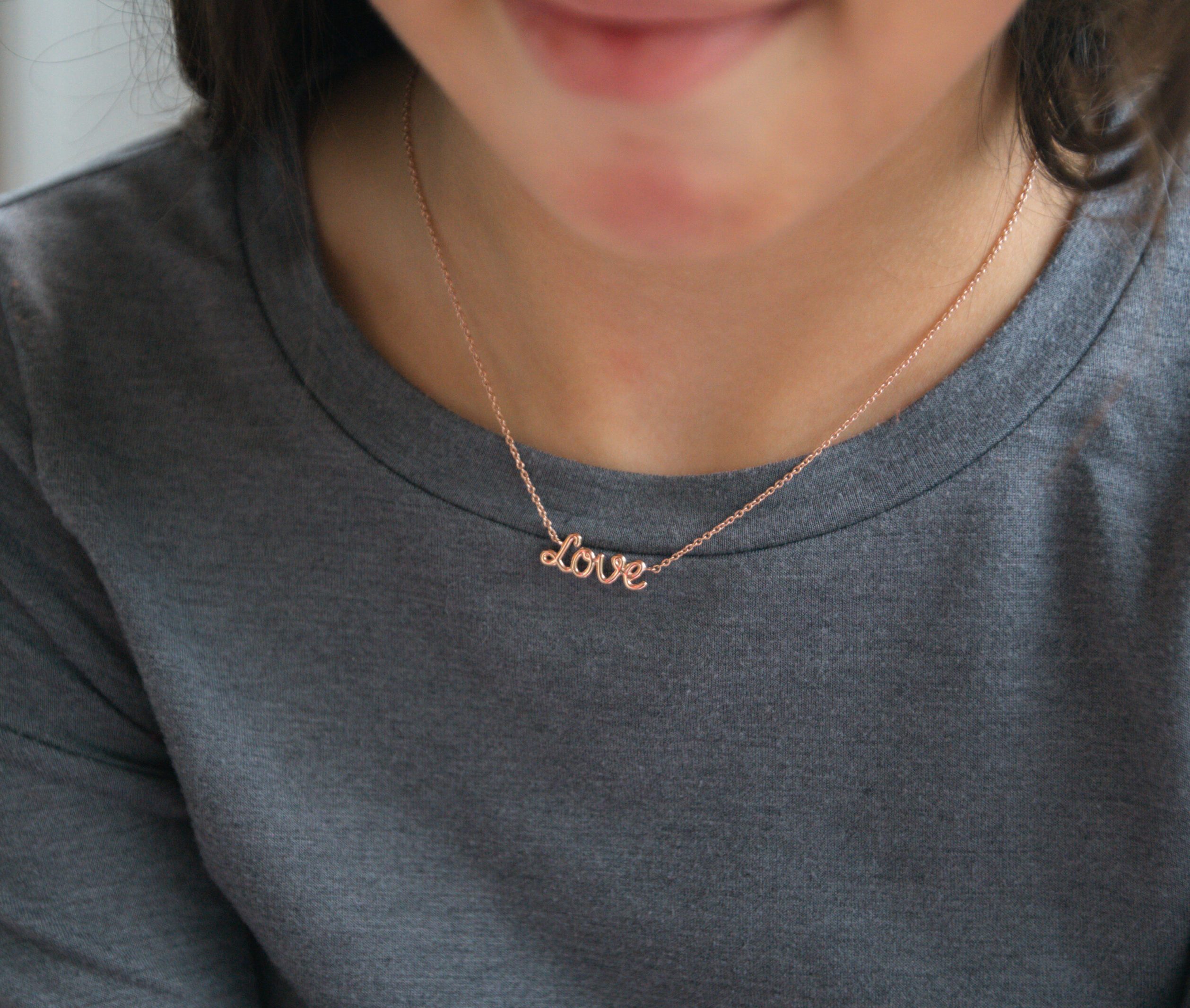Notre site est actuellement en maintenance.
Notre site est actuellement en maintenance en raison de problèmes rencontrés avec l’atelier qui s’occupe de la fabrication de nos bijoux. Nous mettons tout en œuvre pour rétablir la situation au plus vite. Pour toute information, vous pouvez nous contacter à l’adresse : theajewelry2026@gmail.com

